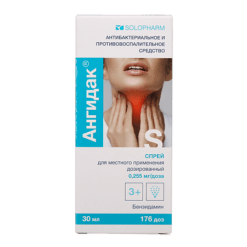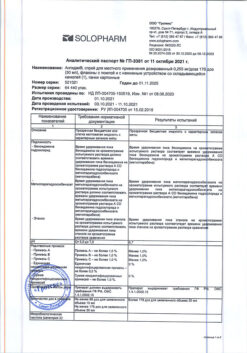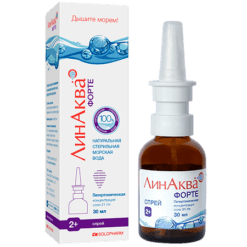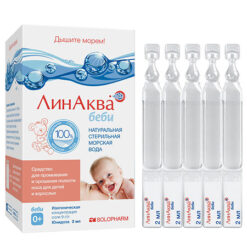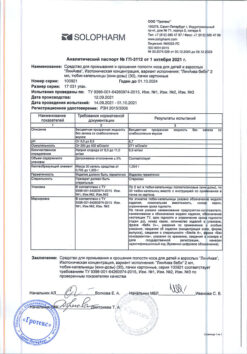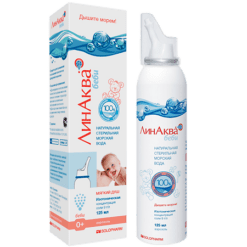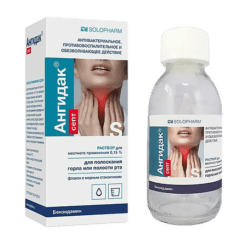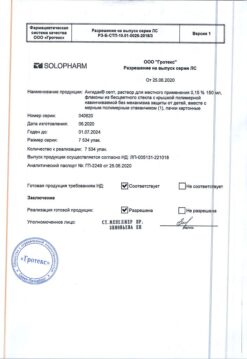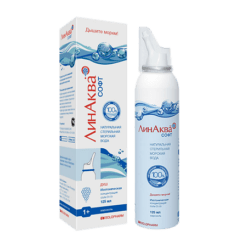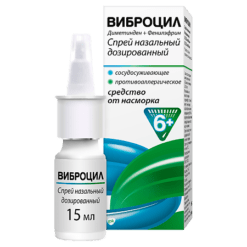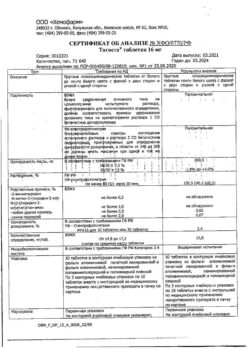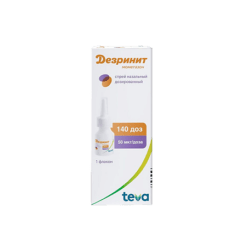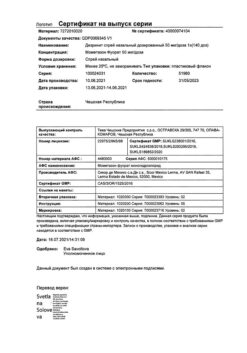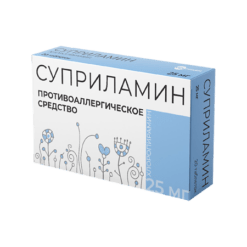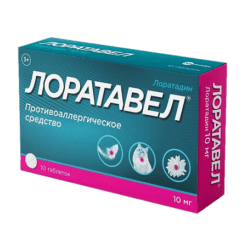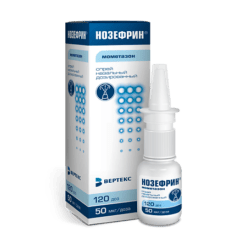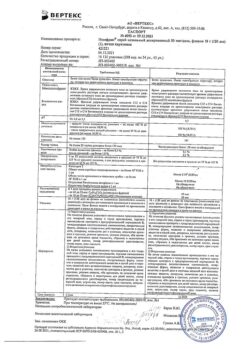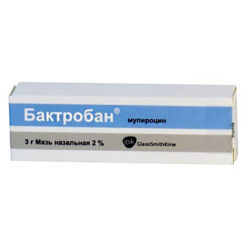No products in the cart.
Oxyfrine, spray 11.25 mcg/dose 15 ml
€6.98 €6.11
Description
Nasal congestion, Otitis media, Allergic rhinitis, Colds, Runny nose (rhinitis), Pollinosis, Flu, Sneezing, Sinusitis
– Treatment of acute respiratory diseases accompanied by runny nose;
– Allergic rhinitis;
– Allergic rhinitis.p> – vasomotor rhinitis;
– to restore drainage in case of inflammation of the paranasal sinuses, eustachitis, otitis media;
– to eliminate edema before diagnostic manipulations of the nasal passages.
Indications
Indications
– Treatment of acute respiratory diseases accompanied by a runny nose;
– allergic rhinitis;
– vasomotor rhinitis;
– to restore drainage in case of inflammation of the paranasal sinuses, eustachitis, otitis media;
– to eliminate swelling before diagnostic manipulations in the nasal passages.
Pharmacological effect
Pharmacological effect
Anticongestant – alpha adrenergic agonist
Special instructions
Special instructions
Avoid getting the drug into your eyes.
To avoid the spread of infection, it is necessary to use the drug individually.
Impact on the ability to drive vehicles. Wed and fur.:
After long-term use of cold remedies containing oxymetazoline in doses higher than recommended, a general effect on the cardiovascular system and central nervous system cannot be excluded. In these cases, care should be taken when driving vehicles and engaging in other potentially hazardous activities that require increased concentration and speed of psychomotor reactions.
Active ingredient
Active ingredient
Oxymetazoline
Composition
Composition
1 dose (45 µl) of the drug contains:
Active substance:
Oxymetazoline hydrochloride – 11.25 mcg.
Excipients:
Anhydrous citric acid 25.065 µg
Sodium citrate dihydrate 172.035 µg
Glycerol anhydrous 952.425 µg
Water for injection 43.839 mg
Contraindications
Contraindications
– Hypersensitivity to the components of the drug;
– atrophic (dry) rhinitis;
– angle-closure glaucoma;
– condition after transsphenoidal hypophysectomy;
– surgical interventions on the dura mater (in history);
– children under 1 year of age – for Oxyfrin, nasal spray dosed 11.25 mcg/dose.
With caution:
In patients suffering from diseases of the cardiovascular system (arterial hypertension, coronary heart disease, chronic heart failure, severe atherosclerosis, tachycardia, arrhythmias), carbohydrate metabolism disorders (diabetes mellitus), thyroid dysfunction (hyperthyroidism), pheochromocytoma, chronic renal failure, prostatic hyperplasia with clinical symptoms (urinary retention), increased intraocular pressure, porphyria, as well as in patients taking monoamine oxidase inhibitors during the previous 2 weeks and within 2 weeks after their discontinuation, tricyclic antidepressants, bromocriptine.
Side Effects
Side Effects
Burning or dryness of the mucous membranes of the nasal cavity, dryness of the mucous membranes of the mouth and throat; sneezing; an increase in the volume of secretions released from the nose; nosebleeds; after the effect of using the drug wears off, a feeling of “stuffiness” in the nose (reactive hyperemia).
Side effects caused by the systemic effect of the drug: increased blood pressure, headache, dizziness, palpitations, tachycardia, restlessness, anxiety, fatigue, drowsiness, sedation, irritability, sleep disturbance (in children), nausea, insomnia, exanthema, blurred vision (if in contact with the eyes), hallucinations, Quincke’s edema, itching, convulsions, respiratory arrest (in infants).
Long-term continuous use of vasoconstrictor drugs can lead to tachyphylaxis, atrophy of the nasal mucosa and recurrent swelling of the nasal mucosa (rhinitis medicamentosa).
If any of the side effects indicated in the instructions get worse, or you notice any other side effects not listed in the instructions, tell your doctor.
Interaction
Interaction
When used concomitantly with monoamine oxidase inhibitors (during the previous 2 weeks and within 2 weeks after their discontinuation), tricyclic antidepressants or other drugs that increase blood pressure, an increase in blood pressure may occur.
The drug slows down the absorption of local anesthetic drugs and prolongs their effect.
Co-administration of other vasoconstrictor drugs increases the risk of side effects.
Overdose
Overdose
Symptoms: anxiety, restlessness, hallucinations, convulsions, decreased body temperature, lethargy, drowsiness, coma, constriction or dilation of pupils, fever, sweating, pallor, cyanosis, palpitations, bradycardia, arrhythmia, cardiac arrest, increased blood pressure, decreased blood pressure, nausea, vomiting, respiratory depression, respiratory arrest.
Treatment: gastric lavage, taking activated carbon (in case of accidental ingestion of the drug); symptomatic.
Manufacturer
Manufacturer
Grotex LLC, Russia
Additional information
| Manufacturer | Grotex Ltd, Russia |
|---|---|
| Medication form | dosed nasal spray |
| Brand | Grotex Ltd |
Other forms…
Related products
Buy Oxyfrine, spray 11.25 mcg/dose 15 ml with delivery to USA, UK, Europe and over 120 other countries.


